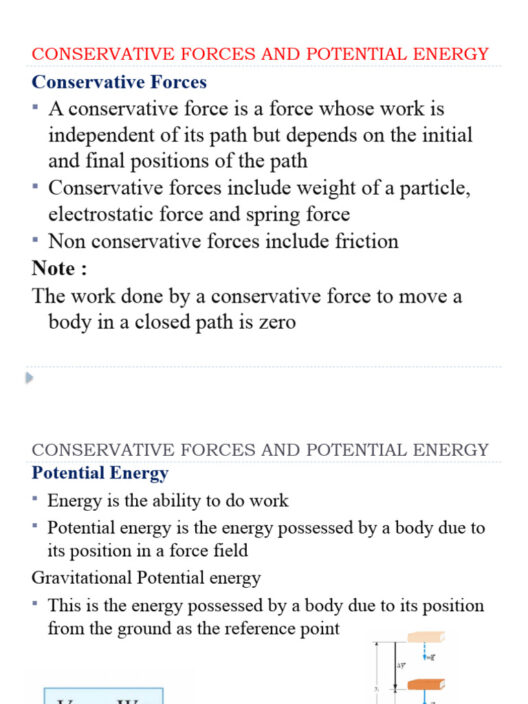The realm of physics often presents us with perplexing queries, particularly concerning the behavior of energy during dynamic interactions. One intriguing question that arises is whether kinetic energy is conserved in explosive collisions. To understand the nuance of this topic, we must first delve into the definitions surrounding kinetic energy and the forces at play during such interactions.
Kinetic energy, defined as the energy an object possesses due to its motion, can be calculated using the formula (KE = frac{1}{2} mv^2), where (m) is the mass of the object and (v) is its velocity. The conservation of kinetic energy is a pivotal principle in classical mechanics, notably in elastic collisions—where kinetic energy before and after the event remains constant. These collisions occur without friction and with no deformation of the colliding bodies.
Contrarily, explosive collisions present a different scenario. During an explosive collision, energy is not merely transferred from one object to another; it is transformed and dissipated in various forms, including heat and sound. Such interactions often entail significant changes in the material states of the colliding objects. This transformation can lead to deformation, fragmentation, or even an increase in temperature. Understanding these parameters is crucial in exploring the conservation of kinetic energy in explosive collisions.
One must distinguish between elastic and inelastic collisions to fully grasp the implications of kinetic energy conservation. In elastic collisions, both momentum and kinetic energy are conserved. These conditions are often met in atomic and molecular interactions, where colliding particles rebound without undergoing any lasting deformation or energy loss.
In contrast, inelastic collisions, which include explosive reactions, are characterized by the loss of kinetic energy. In such cases, when two objects collide and stick together or produce internal chaotic energy—this might include fragments flying off or energy dissipating through sound—kinetic energy is converted into other forms. Consequently, the system’s total energy remains conserved—this includes kinetic, potential, and internal energy. However, the kinetic energy specifically associated with the motion of the objects post-collision is diminished.
An explosive collision serves as a quintessential example of an inelastic collision. This type of event not only includes a dramatic change in momentum but also releases additional energy in bursts, typically in the form of heat and sound waves. Take, for example, a detonating bomb. Upon detonation, the kinetic energy contained within the explosive material is rapidly transformed. Rather than maintaining its form as coherent kinetic energy, the initial kinetic energy divides among fragmenting debris, shock waves, and thermal energy, illustrating that the energy disperses rather than remains within the kinetic domain.
It’s essential to consider the law of conservation of energy, which states that energy cannot be created or destroyed, only transformed. Hence, while explosive collisions obliterate the conservation of kinetic energy, they conform to the broader conservation of mechanical energy. The total energy before the explosion, accounting for both kinetic and potential forms, equals the total energy after the explosion. Understanding the complexity of these transformations aligns our comprehension of energy conservation principles across multiple contexts.
To further discuss the topic, examining real-world implications sheds light on how kinetics play out in explosive scenarios. In crash simulations—critical in automotive safety design—engineers utilize concepts of kinetic energy to calculate potential injuries resulting from collisions. Here, the intent is often to reduce the magnitude of energy that is transferred to the passengers, demonstrating an understanding of how momentum and energy behave during such events.
Explosions in construction, demolition, or even geological events such as volcanic eruptions routinely exemplify these principles of inelastic collisions. The rapid release of energy creates shock waves that reverberate through the environment, often resulting in significant structural changes. The momentum imparted to debris transforms as kinetic energy disperses, further emphasizing the non-conservative nature of energy during these interactions.
Moreover, the study of kinetic energy conservation in explosive collisions invites curiosity into the nuances of energy management within natural systems. The energy produced by explosive eruptions can lead to transformative landforms, which eventually influence ecological patterns and biodiversity. The relationship between kinetic energy, momentum, and energy dispersal paints a complex picture, encapsulating the very essence of energy transformation in our universe.
Reflecting upon the physics of explosive collisions raises important questions about how energy dynamics can reshape our understanding of both the micro and macro environments. The phenomenon of energy conversion is not simply a theoretical abstract; it is an intrinsic component of our experiences, affecting everything from engineering to ecological dynamics.
In conclusion, while kinetic energy is not conserved in explosive collisions, the broader mechanisms governing energy transformation remain intact. The interrelationships between kinetic, potential, and internal energies ensure that any investigation into explosive collisions highlights both the marvel and the intricacy of physical phenomena. As we venture deeper into exploring these collisions, it becomes evident that the narratives of energy conservation are ever-expanding, yielding new perspectives that invite further inquiry into the wonders of the physical world.







